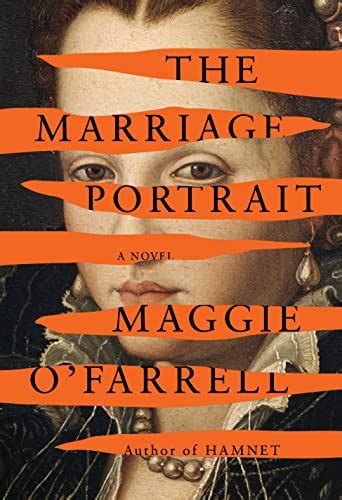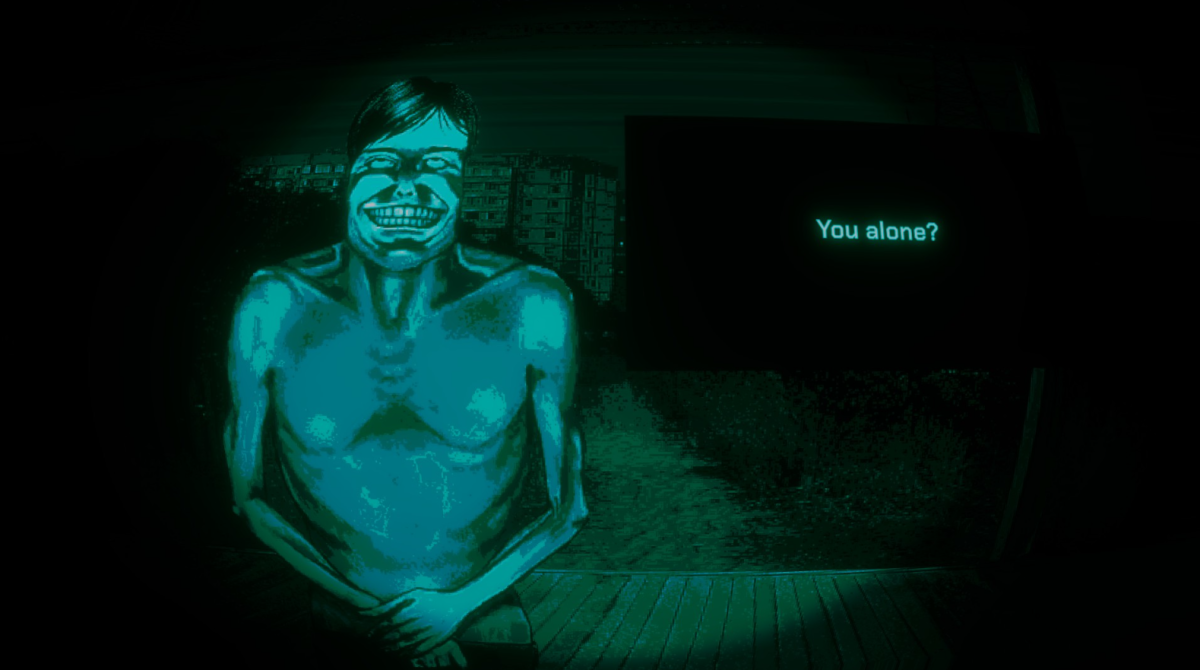
Within the first chapters of reading the novel “The Marriage Portrait” by Maggie O’Farrell, you know the main protagonist is going to die. You just don’t know how.
This story is reflective of the decades-long discussion of how women are written in literature. In the 2010s, we saw the rise of the “sad girl” novel. This trend culminated most famously with Ottessa Moshfegh’s “My Year of Rest and Relaxation,” in which the main character gives up on this world and rots in bed for an entire year (while using her trust fund to sustain her).
This genre of dissociative feminism, as Emmeline Clein of Buzzfeed penned it, seemed to dominate any type of women-centered literature of its decade. It was not without criticism, however, since many of these characters had the socioeconomic means to ignore societal systems, and the genre was almost totally composed of upper-class white women.
A little later, we saw the emergence of the reworked classic. In the same year as MYORAR, Madeline Miller’s “Circe” and Pat Barker’s “The Silence of The Girls” were also published. These novels featured a feminist perspective of Greek mythology and epics, discussing how women responded to a highly patriarchal and violent world. Like the narrator of MYORAR, Circe was banished to an island and turned it into her own personal oasis, relishing in her societal seclusion. Both characters turn the domestic sphere into a place without the constraints of patriarchy.
In Maggie O’Farrell’s novel, she breathes life back into Lucrezia de’ Medici, telling a fictionalized story of the real-life girl who was engaged at only 13 years old and married off two years later, before dying at the age of 16. While it was officially ruled as death by fever, there were rumors that she was actually killed by her husband.
Lucrezia’s betrothed, the Duke of Ferrara, presents himself as a kind and attentive partner at first, but his manipulations are quickly unraveled when it is revealed that he needs to secure an heir. However, the Duke of Ferrara is impotent, and Lucrezia is blamed for his inabilities. As such, the Duke begins his campaign to kill her.
The story’s suspense lies in the search to find its character’s true intentions despite the facades they may put up. Each character provides tidbits of information that may be used to help or manipulate Lucrezia, and it is up to her and the reader to sift through court politics. Lucrezia is one of many medieval women who had no choice over her own destiny, merely a political pawn in a sordid web of male power and ego.
There is no doubt O’Farrell is a brilliant writer, and her prose is incredibly impactful. Yet at times, it was overworked and repetitive, which impacted the readability of the novel. It was difficult to sustain my attention when I thought the point could have been summarized in three fewer sentences. However, I do appreciate O’Farrell’s abilities to set a scene and describe her character’s emotions, leading to an incredibly visceral reading experience.
Most of the plot culminates at the end of the story, with the latter third of the book being the most dramatic and engaging. It did feel a little unbalanced as there were various lulls in the beginning and middle of the story. Yet, the ending was unexpected and even more tragic than I imagined, despite knowing what would happen to Lucrezia.
I appreciate O’Farrell’s dedication to telling Lucrezia’s story in such a beautiful and intentional manner, embedding an identity, albeit fictionalized, into history. It was a very enjoyable read overall.
Barker did the same with Briseis of the Iliad, taking a minor character and expanding on her personhood. Here, we see authors act as modern Herodotuses, embedding feminism into history.
However, I do wonder if the feminist genre has taken a turn in competing over suffering. While dissociative feminism relishes in its protagonist’s sadness and even rewards it as some sort of beautiful act, I wonder if this feminist reworking of historical fiction is beautifying distress in another way. It is undeniable that these women did not have nearly as much agency as those in the 2000s era. Are they ultimately helpless in their lives?
Do these genres inherently compete with each other over who has it worse? It seems the woman of the past has no agency and is bound by fate, while the modern woman has too much of it and little choice in a world that still holds onto a patriarchal framework.
While I do enjoy many of the books that stemmed out of these last few decades, I would like to see books that don’t focus so much on tragedy. While suffering is a condition of the human experience, I am worried that we feature it too heavily in defining girlhood. It seems that to seek happiness, we must reject the outside world and confine ourselves. I mean, in a generation obsessed with true crime podcasts, I am not surprised that we lean too far into our individual danger and suffering.
4.25/5








